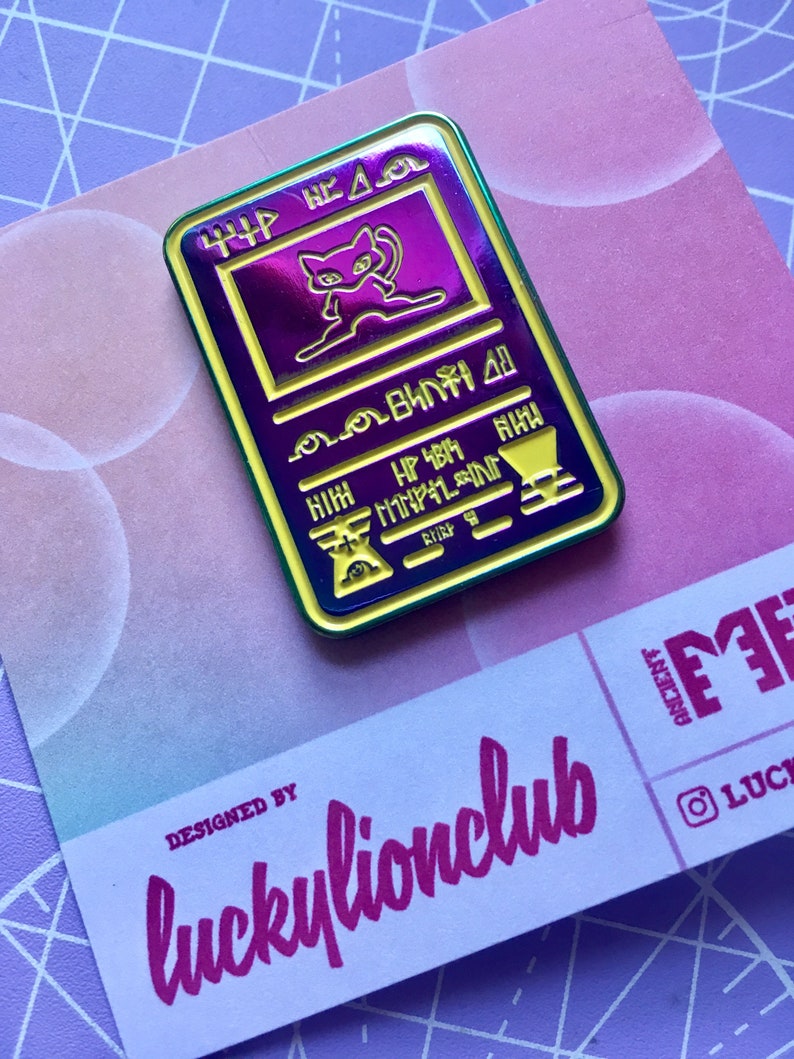

Yep, believe it or not, we can totally work from a hand-drawn picture! Admittedly, this method gives you a little less control over the final output than some of the others, but it can also be a great way to maintain a hand-done feel in the final pin, which can add a ton of charm. Many vintage pins were done this way, so it can give your pin an automatic retro vibe. We don’t charge to add epoxy to your order, and it can be a good option if you want that smooth look but also want a metal that can’t be done in hard enamel (it’s also nice for keeping glitter in check, as soft enamel glitter can sometimes shed a little.) It’s definitely a different look- sort of a glassy bubble effect- but very cool in it’s own way. Because hard enamel is sanded down, metal lines can tend to widen a little bit from the pressure applied to the surface.Įpoxy is a type of clear resin that can be put on top of a soft enamel pin to give it a smooth surface, sort of a “faux hard enamel” vibe. Soft enamel is a little bit better at holding narrow detail, especially in the metal outline. Hard enamel is limited to the standards - gold, silver nickel, brass, copper, rose gold, and black nickel (which is a shiny dark charcoal color.) We can also do a matte gold or nickel if you don’t want the metal to be shiny.

That means with soft enamel, you can have pure black or white metal, any Pantone color you like, or even rainbow anodized metal. If you need your pins ASAP, soft is a better bet.īecause soft enamel is plated before enamel is added, it has more metal plating options than hard enamel does. Soft enamel can be rushed a little bit when necessary, but hard enamel really has to take its time. Because hard enamel has to go through more steps than soft, the labor time is higher.

Soft enamel is faster and cheaper than hard enamel. Soft enamel is traditionally more popular in the music/artsy/punk/diy type scenes, but hard enamel has rapidly caught up and is very popular with a lot of modern illustrators and pin artists. Hard enamel can tend to look a little more “high-end”. Largely, hard vs soft enamel is a matter of preference, but here are a few things to consider when deciding what’s right for your design: You can read more about the differing manufacturing process here. With hard enamel pins, the whole thing is sanded down flat, so that the enamel and metal are flush.


 0 kommentar(er)
0 kommentar(er)
